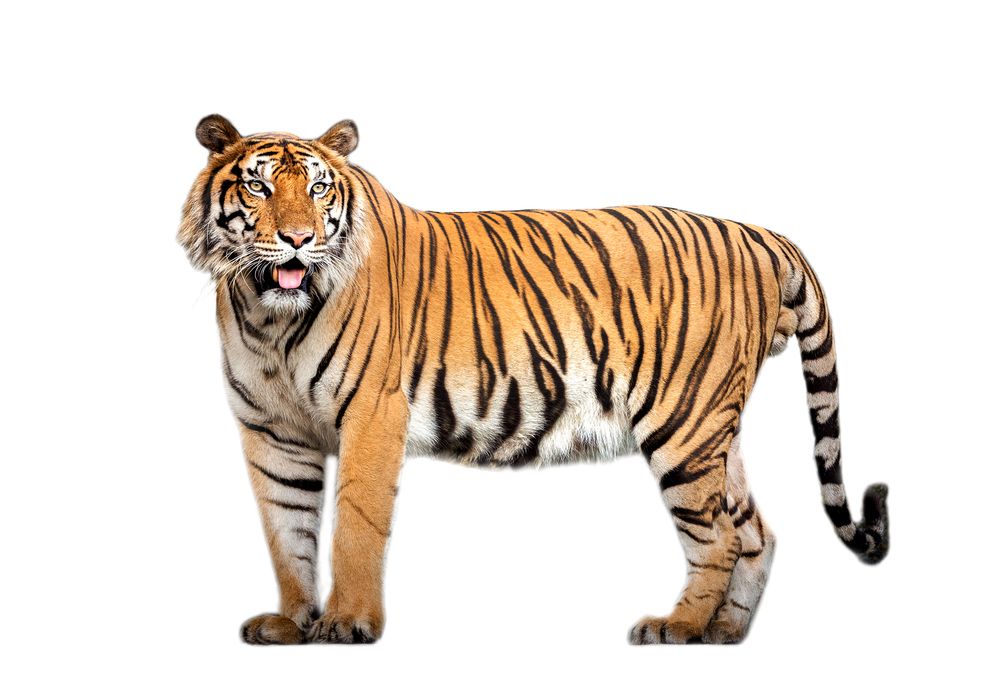Tigerbalm – The Silver Bullett from Asia
Hardly anyone comes back from a vacation in Thailand without the tin with its golden lid and the colourful sleeve with the tiger around it. In Asian countries you will encounter them at every nook and corner – on the market, at street stalls or in the boutique of your holiday resort.
They cost almost nothing, if you compare it to western medicines. And that is exactly how the locals use the balm. It is brought to the aid of almost all ailments, each sort of tension and inflammation, also for the navel care of human and animal newborns. Tigerbalm should not be missing in any household. Also with us, it is now part of the basic equipment in the handbag of many women. Because it helps, when a sudden headache attack is announced, with itchy insect bites or to clear the nose when you have a cold.
Monkey versus tiger
Many people think, the healing balm is originated in Thailand. But this is an error. „Tigerbalm stinks“, says my thai son-in-law. They prefer there own product „jaa-mong“, recognizable by the monkey on the packaging. It’s official name is „White Monkey Holding Peach“ balm, but mostly it is called just Monkey Balm. Its composition is similar to that of the Tigerbalm. It also consists mainly menthol, camphor and methyl salicylate, the methyl ester of salicylic acid. Beside that it also contains various types of ginger. The locals don’t just value it as a medicine. It is placed in bowls dissolved in a little hot water, to neutralise unpleasant smells in house and kitchen, or to repel mosquitoes and other insects. Warmed up in the hands, it becomes the massage palm.
Long tradition
The asian balm originally comes from chinese medicine. In China it was reserved exclusively for the emperor and his ailments.The recipe has been strictly guarded. It was always passed on by a great teacher only to his best students. This treasure of traditional chinese medicine would certainly have been forgotten, if it hadn’t handed over to the Burmese plant scientist Aw Chu Kin by accident 150 years ago. He owned in Ragoon, the capital of Myanmar (former Burma), a small shop for natural remedies. Back then, the balm wasn’t called Tigerbalm. It owes its name to Aw Chu Kin’ s sons, Boon Par, the „soft lepard“, and Boon Haw, the „soft tiger“. They took over the pharmacy after the death of their father.… weiterlesen

CultureAndCream Author from Munich
To travel during my profession as a beauty journalist was never enough for my. Also my six month on a world trip didn’t do it. It always attracts me to other cities, foreign countries, on roadtrips and places I don’t know yet. But I am not only interested in “culture” and “cream”, I am also fascinated by people who have stories to tell . Such unique experiences I want to share with you.
